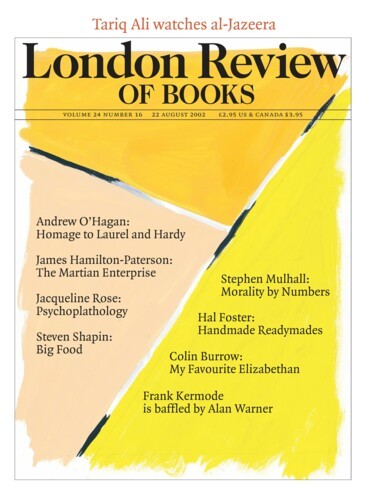Braneworlds: Explaining the Universe
Carolin Crawford, 19 May 2005
Only by accessing the very earliest state of the Universe can we hope to find an explanation for the asymmetry, fundamental to our experience, according to which we only ever perceive time as moving forwards. Physical laws have an inherent symmetry that permits them to operate either forwards or backwards through time; yet we observe all physical processes progressing relentlessly towards an increase in entropy, the gradual degeneration of order.













